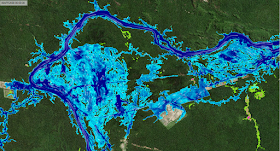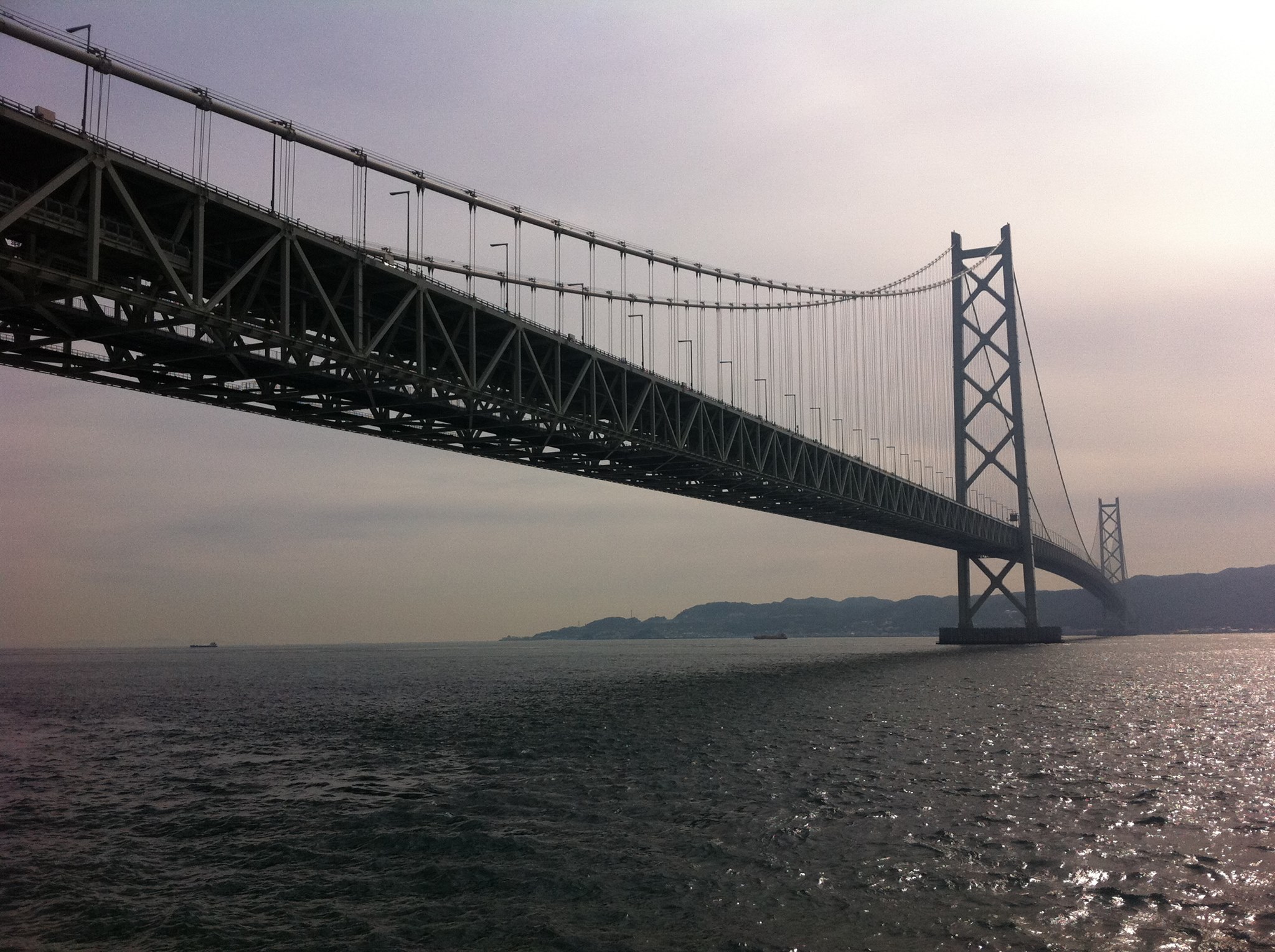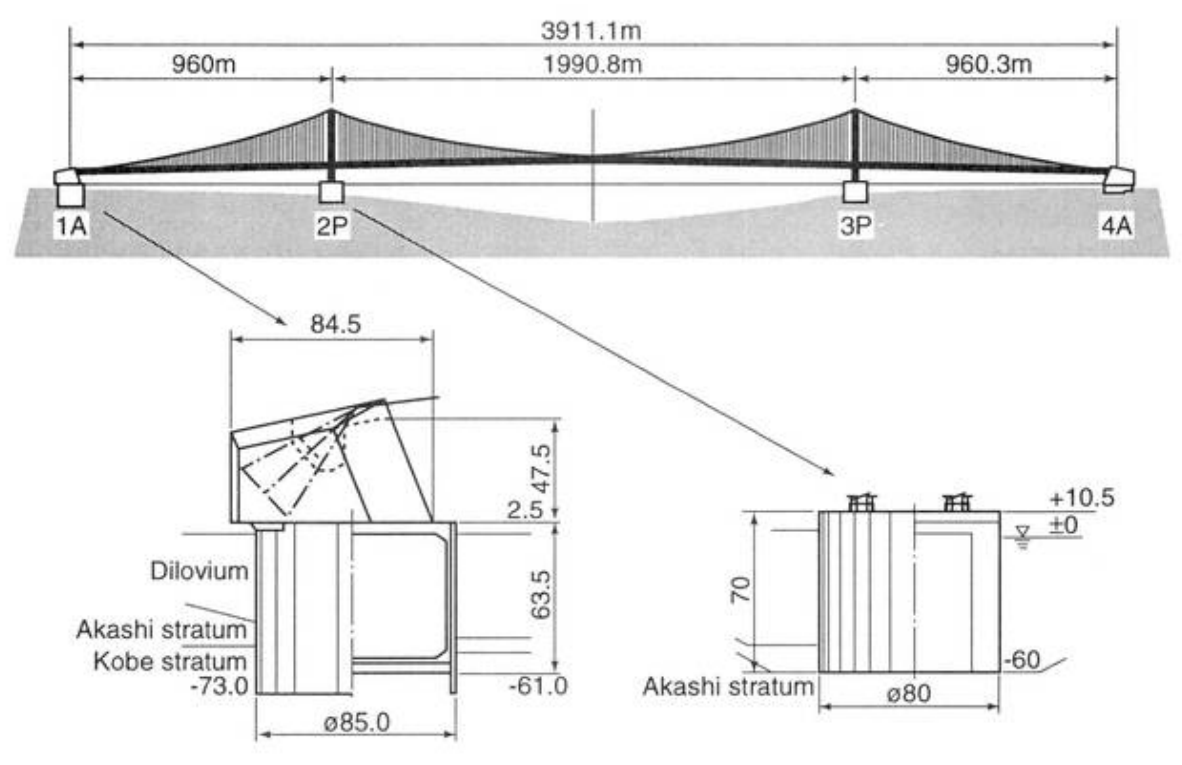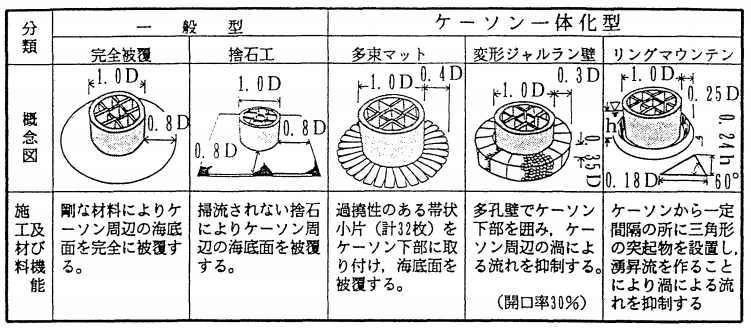The $30-million Cau Cau bridge was supposed to be the first drawbridge in Chile. It is a 90 m long bridge with two decks, each one 45 m long, two traffic lines and one bicycle line. However, in January 2014 when the bridge was finished and ready to be inaugurated, builders realized one small mistake; one traffic deck had been installed upside down.
They realized this error because the bicycle line of one deck ended abruptly and connected directly with the traffic line of the other deck, as shown in the figure 1.
They realized this error because the bicycle line of one deck ended abruptly and connected directly with the traffic line of the other deck, as shown in the figure 1.
Figure 1. Bicycle line ends abruptly (Source: Cau cau bridge Youtube video)
The Cau Cau bridge problem
Initially, one may think that this is a minor mistake and could be easily corrected by painting new lines. Actually, by looking at Google Earth images of the bridge, it looks as if they already painted new traffic lines and the bridge looks fine (Figure 2). However, the drainage design of the deck is the main problem and it cannot be solved so easily.Thus, authorities announced that the bridge would be demolished and a new one would be built. But what is the problem with the deck drainage?
Figure 2. Aerial view of Cau Cau bridge (Source: from Google Earth)
The Importance of bridge deck drainage
Deck drainage is usually considered a trivial task when building a highway or a bridge. However, it is a very important one and has its own requirements and challenges. In another post we will present an introduction to bridge deck drainage.The Cau Cau bridge deck was designed and built with a given longitudinal slope, so that water will flow in one direction (from the middle towards the edge). Such longitudinal slope creates a vertical difference between the two edges of the deck. Thus, there will be a sudden drop at both edges of the deck (Figure 3); besides, the water that was supposed to flow in one direction will flow on the other direction; thus flowing towards a no-outlet edge.
I do not have the exact details of the designed slope but table 1 shows the vertical difference resulting from some possible longitudinal slopes ranging between 1 per thousand and 1 per cent, assuming a 45 m span.
Table 1. Vertical difference for different longitudinal slopes considering a 45 m span.
| Slope [%] | Vertical difference [cm] |
| 0.1 | 4.5 |
| 0.2 | 9.0 |
| 0.5 | 22.5 |
| 1.0 | 45.0 |











